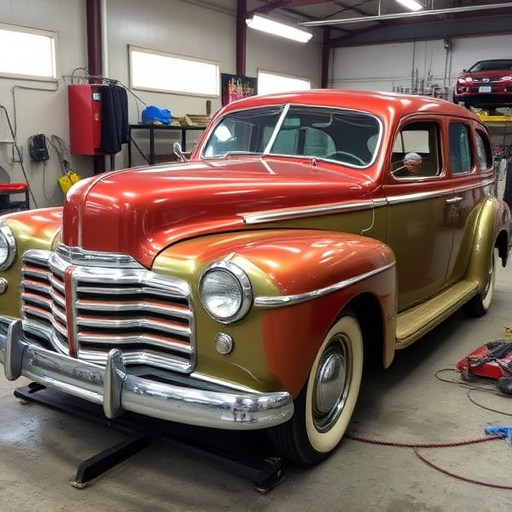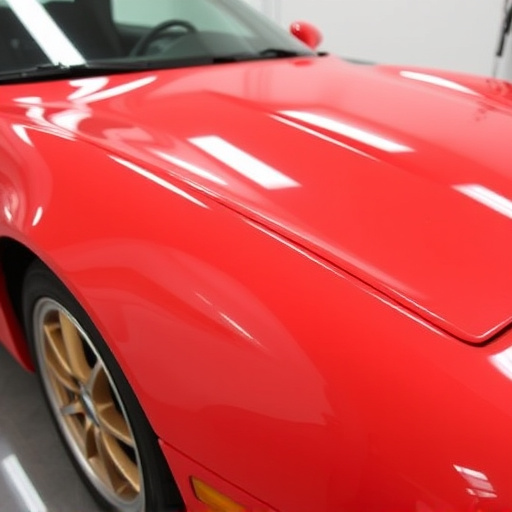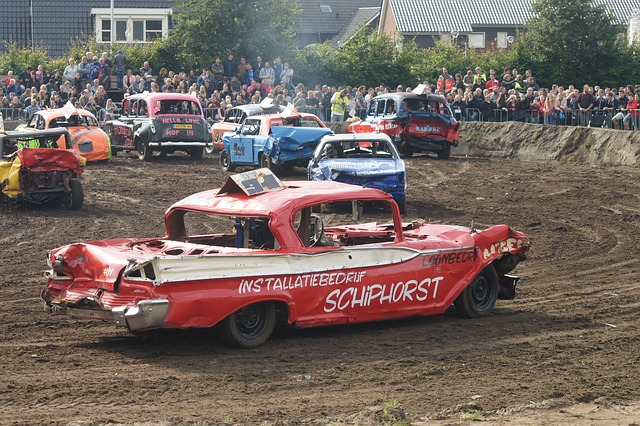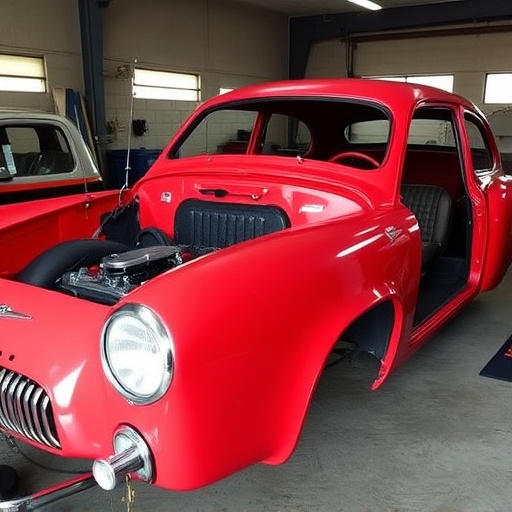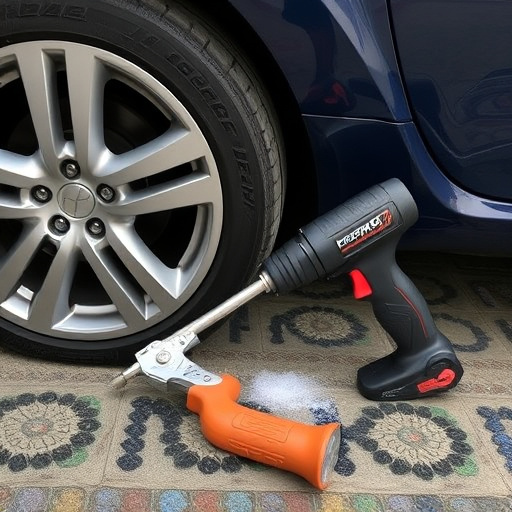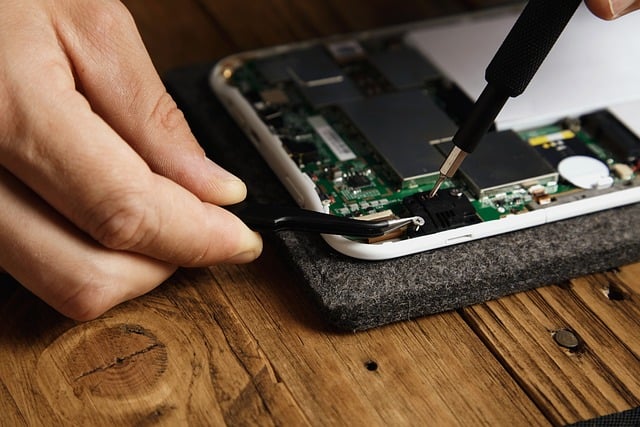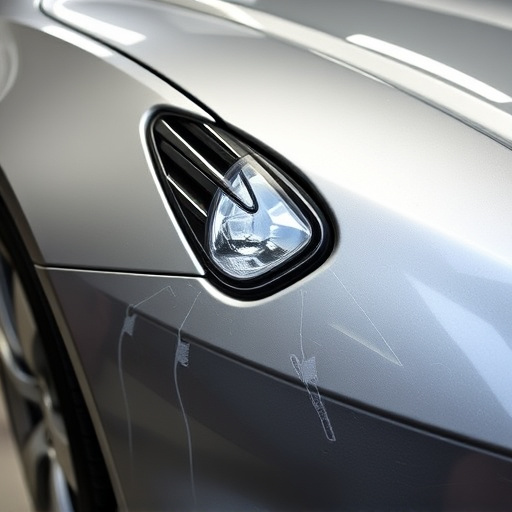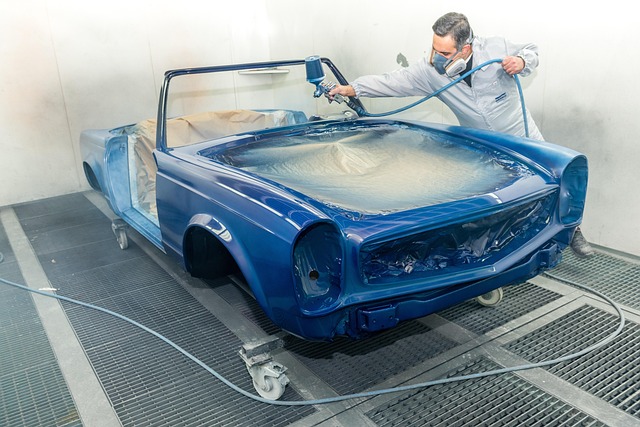When choosing parts for auto accident repair, Original Equipment Manufacturer (OEM) versus aftermarket parts presents a key decision. OEM parts offer optimal performance and compatibility guaranteed by vehicle manufacturers, while aftermarket parts provide cost savings and a wider range of quality options. Aftermarket choices allow collision repair shops to cater to diverse customer needs, including budget-conscious individuals and owners of rare vehicles, ensuring reliable repairs through precise fitment and durability.
When your vehicle is damaged in a collision, choosing the right parts for repair is crucial. This decision involves considering OEM (Original Equipment Manufacturer) and aftermarket parts. OEM parts directly replicate those from the vehicle’s original maker, while aftermarket alternatives offer more variety and often lower prices. In this article, we’ll explore these distinctions, examine the advantages and drawbacks of aftermarket parts in auto accident repair, and provide a comprehensive checklist to help you make an informed choice based on quality, cost, and safety.
- Understanding OEM and Aftermarket Parts: Definitions and Sources
- Benefits and Considerations of Using Aftermarket Parts in Auto Accident Repair
- Factors to Evaluate When Choosing Between OEM and Aftermarket for Collision Repair
Understanding OEM and Aftermarket Parts: Definitions and Sources

In the realm of auto accident repair, understanding the distinction between Original Equipment Manufacturer (OEM) and aftermarket parts is paramount for both repair professionals and car owners. OEM parts are the genuine components produced by the vehicle manufacturer, designed specifically to fit and function seamlessly within a particular make and model. These parts are often used as references during original car assembly and maintenance, ensuring optimal performance and reliability. They can be sourced directly from dealerships or through authorized distributors, guaranteeing their authenticity and compatibility with your vehicle.
Aftermarket parts, on the other hand, are third-party products designed to replace OEM components. These parts can include fender repairs, engine components, and various car damage repair solutions, among others. While aftermarket options may be more readily available and often come at a lower cost, their quality and compatibility can vary widely. Some are meticulously crafted to match OEM standards, ensuring precise fitment and lasting performance during auto maintenance sessions. However, others might require additional adjustments or prove less durable over time, making them less ideal for extensive repairs in auto accident scenarios.
Benefits and Considerations of Using Aftermarket Parts in Auto Accident Repair

Using aftermarket parts in auto accident repair offers several advantages for both vehicle owners and collision repair shops. One of the key benefits is cost-effectiveness; aftermarket parts are often significantly cheaper than OEM (original equipment manufacturer) parts, making them an attractive option for those looking to reduce repair expenses. This affordability can be particularly beneficial for customers who need to replace multiple components after a collision, ensuring they get the necessary repairs without breaking the bank.
Additionally, aftermarket parts provide a wide range of options in terms of quality and brand selection. Unlike OEM parts that are designed and manufactured by the vehicle’s producer, aftermarket parts come from various reputable brands known for their durability and performance. Collision repair shops can offer their customers more choices, allowing them to find the perfect balance between price and reliability. This flexibility is especially valuable when dealing with rare or specialized vehicles, ensuring that replacement parts are readily available and compatible.
Factors to Evaluate When Choosing Between OEM and Aftermarket for Collision Repair

When it comes to auto accident repair, choosing the right replacement parts is crucial. While OEM (original equipment manufacturer) parts offer reliability and compatibility, aftermarket parts provide a cost-effective alternative without compromising quality. By considering factors like price, warranty, and performance, repair shops can make informed decisions that best suit their customers’ needs and budgets. Ultimately, a balanced approach that incorporates both OEM and aftermarket parts can lead to efficient auto accident repair processes and satisfied clients.

